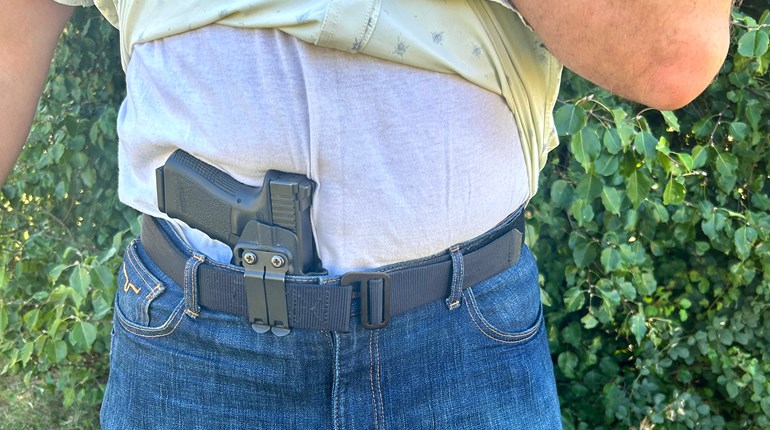
You have come to a full stop at a stop sign. Out of the corner of your eye, you see some movement on the street to the right of your car. Your brain picks up peripheral vision quickly and it says, “What was that?” so you turn your head. Thank goodness your comprehension is like the speed of light because it was a man running towards you while reaching for your passenger side door handle. Because of peripheral vision, you were able to respond with the correct decision to avoid a bad situation.
In our visual field, we have two ways to see. One is called “central vision,” and that is what we can see directly in front of us. The other is called “peripheral vision,” or “indirect vision,” and that is what we can see from the corner of our eyes without turning our head.
We need our peripheral vision to stay aware of everything that’s happening around us. If you are focusing on a single task, like simply paying attention to the road ahead at a stop sign, your peripheral vision can work overtime so that you never miss changes in your environment.
Your peripheral vision can detect motion, color, shape and text at different angles. Reflexion.co studies show that “information picked up in your ‘mid and far’ peripherals actually travel to your brain up to 25-percent faster than the information picked up in your central vision. Because those targets in your peripheral vision aren’t in your main focus line, your brain needs to react to stimulants much quicker. Luckily, our brains are already hardwired for that act.” That’s because you use your peripheral vision all the time so without it, most daily activities, driving, sports, reading and even self-preservation can be in jeopardy.
Exercising Your Peripheral Vision
Unfortunately, peripheral vision can weaken with age, eye issues, diabetes and poor eating habits. Reflexion.co and InnerSparks.com have published several drills to strengthen your peripheral vision. Here are two super simple ones.
Peripheral Vision Eye Exercise
- While either sitting or standing, locate a spot on a wall directly ahead of you.
- Maintain focus on that spot and while keeping your head still, bring your pointer fingers up and to your sides.
- Wiggle your fingers while moving your arms up and down forward and back until your fingers go out of your vision range then come back in.
- Repeat this exercise two or three times, repeating often.
- With time, you should see a noticeable improvement in your peripheral vision.
Recording Things (you will need to grab a pen and paper)
- Using your central vision, pick a spot in front of you to focus on.
- While staring straight ahead, and NOT moving your head, use your peripheral vision to “see” what is on both sides of you (high and low).
- Write down everything that you see and repeat the drill several times with the hope that you “see more” each time, which you add to your list.
- The goal is to stretch your vision further and enhance your ability to focus on things in your side view.
 Now, stay in that same position but cup your hands on the sides of your eyes like “horse blinders”. Try to use your peripheral vision to make out all the stuff you JUST saw. You know the objects are there but now you can’t see them. What happened? I can tell you what happened, you now have tunnel vision, which is a loss of peripheral vision. That is a huge disadvantage because the loss of peripheral vision means you cannot see to the side without turning your head. A loss of side vision can affect your ability to safely navigate through your environment or detect motion around you.
Now, stay in that same position but cup your hands on the sides of your eyes like “horse blinders”. Try to use your peripheral vision to make out all the stuff you JUST saw. You know the objects are there but now you can’t see them. What happened? I can tell you what happened, you now have tunnel vision, which is a loss of peripheral vision. That is a huge disadvantage because the loss of peripheral vision means you cannot see to the side without turning your head. A loss of side vision can affect your ability to safely navigate through your environment or detect motion around you.
I highly recommend that you practice these exercises often to keep sharp. From the time that a bad guy chooses you, you will have a very limited amount of time to decide. Regrettably, they choose how and when. You need to use every resource to see them coming so your actions can be confident, decisive, efficient and explosive.




































